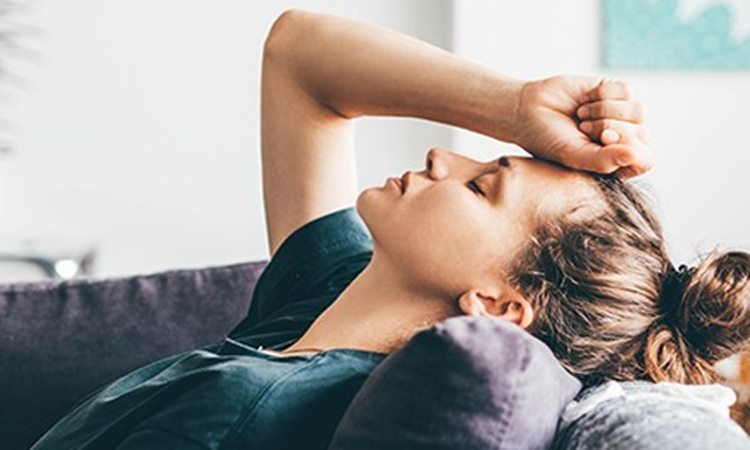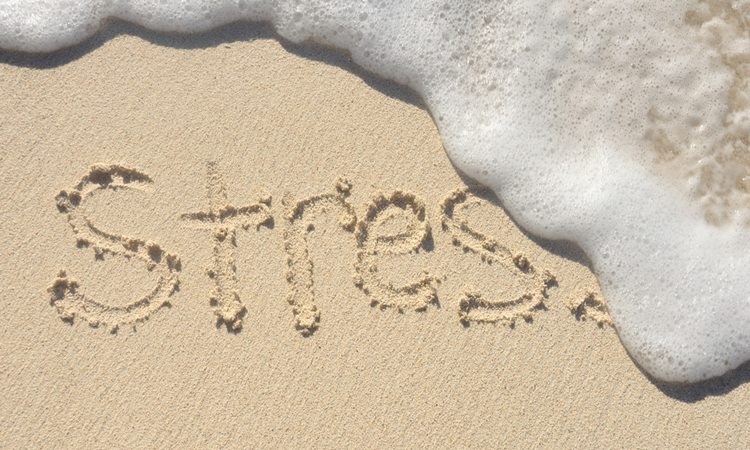Here Are 6 Relaxation Techniques For Stress Relief
STRESS RELIEF – Presented below are six (6) relaxation methods aimed at alleviating stress.
After a tiring day at work, many of us find relaxation in sitting on the couch and watching TV, but this method doesn’t effectively reduce stress. Instead, it’s better to trigger your body’s natural relaxation response, akin to deep sleep, which can lower blood pressure, slow heart rate, regulate breathing, and bring harmony to both body and mind. Engaging in relaxation exercises such as tai chi, yoga, and other practices involving deep breathing, meditation, and rhythmic movements can be helpful for achieving true relaxation.
Reducing stress efficiently involves adopting strategies that promote both physical and mental relaxation. Some people try to ignore or suppress their stress, hoping it will go away quickly, but it can catch you off guard. Recognizing the need for rest due to excessive stress is crucial.

Both physical and mental health can benefit from stress management. Stress can generate both physical and psychological tension, and these tensions can reinforce each other. However, by relaxing your mind, you can also release tension in your body, and relaxing your body can help reduce psychological stress. When your stress response is not constantly activated, you can approach problems proactively and calmly.
While some relaxation techniques might require professional assistance, many can be practiced independently with the help of a smartphone app or audio download. It’s essential to remember that different techniques work for different people, so finding the right fit for your lifestyle and preferences might involve some trial and error. However, once you discover the technique that works best for you, consistent practice can significantly reduce tension and worry, improve sleep, boost energy and mood, and enhance overall well-being.

Whether you struggle with anxiety or simply need to unwind occasionally, taking regular breaks to breathe and relax can be highly beneficial for your health. Reducing tension and anxiety is feasible and can only take a few minutes each day. Here are some common relaxation techniques to help you achieve this:
1.Progressive Muscle Relaxation (PMR).
This technique involves relaxing each muscle group in the body one at a time, starting from the facial and head muscles and moving down to the feet. With regular practice, one can achieve a state of relaxation that feels like a wave releasing tension throughout the body.
2. Relaxation of mind and emotions.
Your thoughts and emotions play a role in how you perceive stress. Feeling fearful and thinking that you cannot effectively handle the challenges you are facing can accompany the stress response and potentially intensify it. However, by reevaluating your thoughts, you can often experience greater emotional comfort.
Learning to relax while coping with your pressures allows you to gain a better understanding of your thoughts and disrupt this pattern.
- Positive self-talk should take the place of negative self-talk.
- Making a gratitude list to gain strength from your blessings
- Identifying and correcting cognitive distortions such as “should” statements, labeling, overgeneralization, focusing on the negative, jumping to conclusions, and all-or-nothing thinking.
- Participating in daily spiritual practice to boost mental health
- Finding creative outlets that make you feel relaxed and comfortable, whether through music, art, crafts or simply coloring, is important.
- Maintaining a journal to reflect on your experiences
- Learning how to reframe concepts will assist you in viewing potential sources of stress in a less distressing light.
- Attempting to become more optimistic
3. Guided Imagery
This relaxation technique involves utilizing your imagination to attain deep tranquility. It’s best to do this either in the morning or before bedtime when you close your eyes. Avoid attempting it when you need to stay focused and choose a time of day when you can have uninterrupted peace, free from distractions like people, technology, or loud noises.
If you’re new to mental imagery, it may be challenging initially. Start with a simpler scenario, like envisioning yourself sitting on a beach, listening to the soothing sound of waves. Guided imagery involves imagining yourself in a serene setting, where you can release all tension and anxiety. It’s a variation of traditional meditation.
You can use a relaxation app or audio download to assist you with guided imagery exercises, or you can practice it on your own. Additionally, you have the option to perform your visualization in silence or with the aid of calming background sounds, such as gentle music, a sound machine, or recordings that match your chosen location, such as the sound of waves crashing on the beach.
4. Breathing Exercises
Engaging in breathing exercises for stress reduction can be highly advantageous. When individuals experience stress or anxiety, they tend to breathe rapidly and shallowly. However, practicing slower, deeper breathing can be beneficial in diminishing the body’s stress response.
Exercise
Exercise is a major contributor to stress relief. When faced with immediate stressors, physical activity can help decrease feelings of tension and anxiety. Moreover, engaging in regular exercise enhances one’s ability to cope with stress over time.
There are numerous ways to incorporate regular exercise into your routine, such as participating in sports, taking daily afternoon walks, or joining fitness classes. The Centers for Disease Control and Prevention (CDC) recommends aiming for 150 minutes of moderate-intensity exercise per week, along with two days of muscle-strengthening exercises.

5. Self Massage
You are probably familiar with the significant benefits that a professional massage at a spa or fitness center can provide in terms of reducing stress, alleviating pain, and relieving muscle tension. However, you might be surprised to discover that you can experience some of the same advantages at home or work by either giving yourself a massage or exchanging massages with loved ones.
If you need to relax before bedtime, consider giving yourself a little massage at your desk during breaks, on the couch after a challenging day, or even in bed. Enhance the relaxation experience by using scented products like lotion or essential oils, and you can also combine deep breathing exercises with positive self-talk.
6. Self-massage for five minutes to de-stress and anxiety
To achieve optimal results, combine various strokes to loosen up your muscles. You can use the edges of your hands for soft chops, tap with your fingers or cupped palms, and apply fingertip pressure to any tense muscles. Knead across the muscles using gentle, long strokes, and you can target any accessible body part. For a quick session, focus on your neck and head.
While the basics of these relaxation techniques are easy to grasp, consistent practice is essential to fully experience their stress-relieving benefits. Aim to set aside at least 10 to 20 minutes each day for relaxation. Find a specific time in your day to practice once or twice, if possible. If your schedule is already full, consider incorporating meditation while commuting on the bus or train, taking a yoga or tai chi break during lunch, or practicing mindful walking while walking your dog.
What can you say about this article? Leave your comments and reactions below.
Please like and follow/subscribe:
Philnews YouTube Channel
Philnews.ph FB Page
Viral Facts
